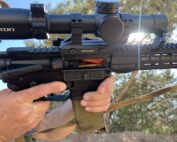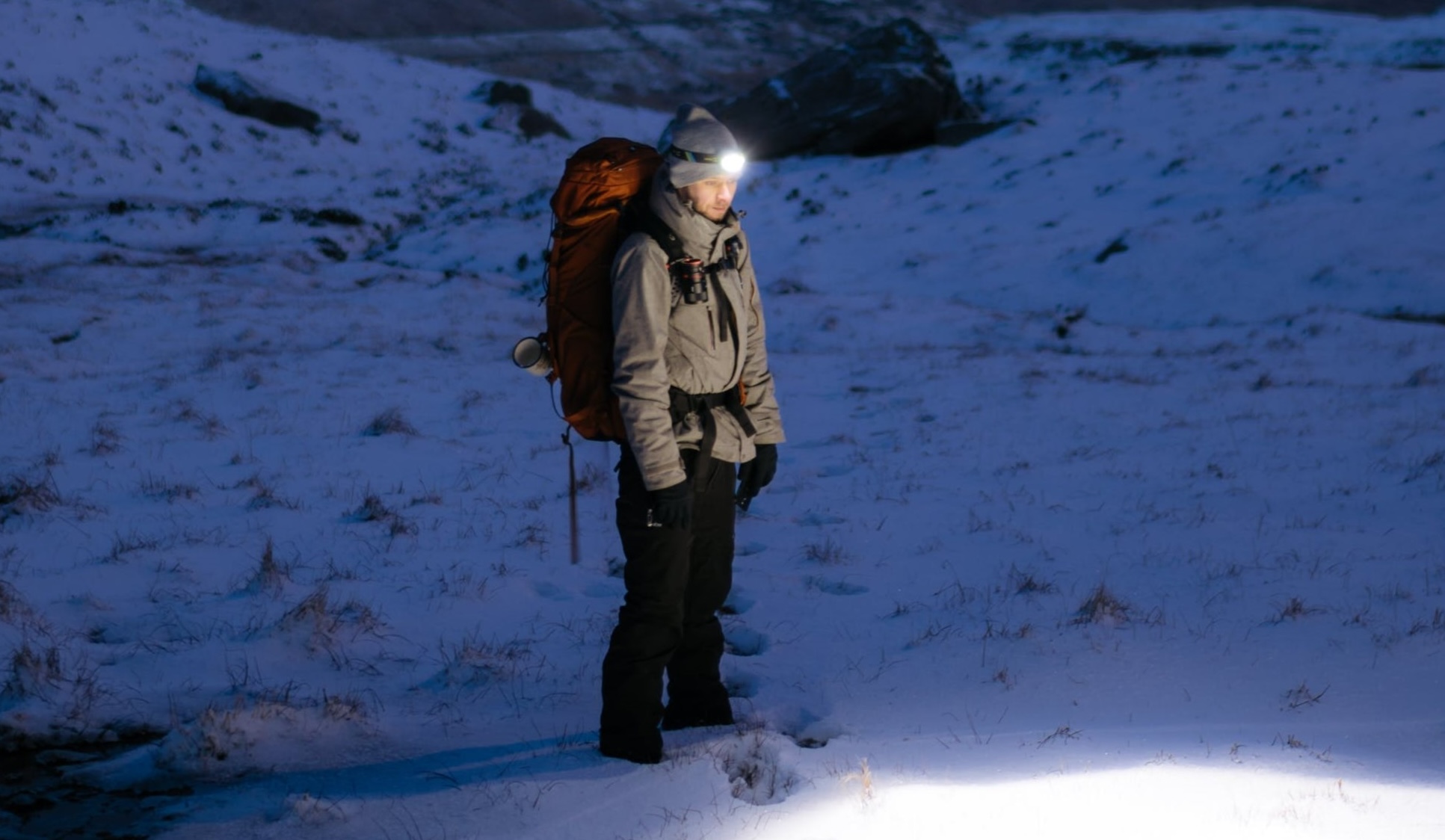
Backpacker pexels-s-migaj-762420
The ability of law enforcement and other first responders to operate effectively in low-light conditions is crucial. This is where the importance of a reliable, hands-free lighting solution, such as a headlamp, comes into play. When employed in a tactically sound manner, they can be invaluable. Let’s be clear here. Headlamps are a tool for administrative tasks and SAR, not for room clearing or looking for bad people.
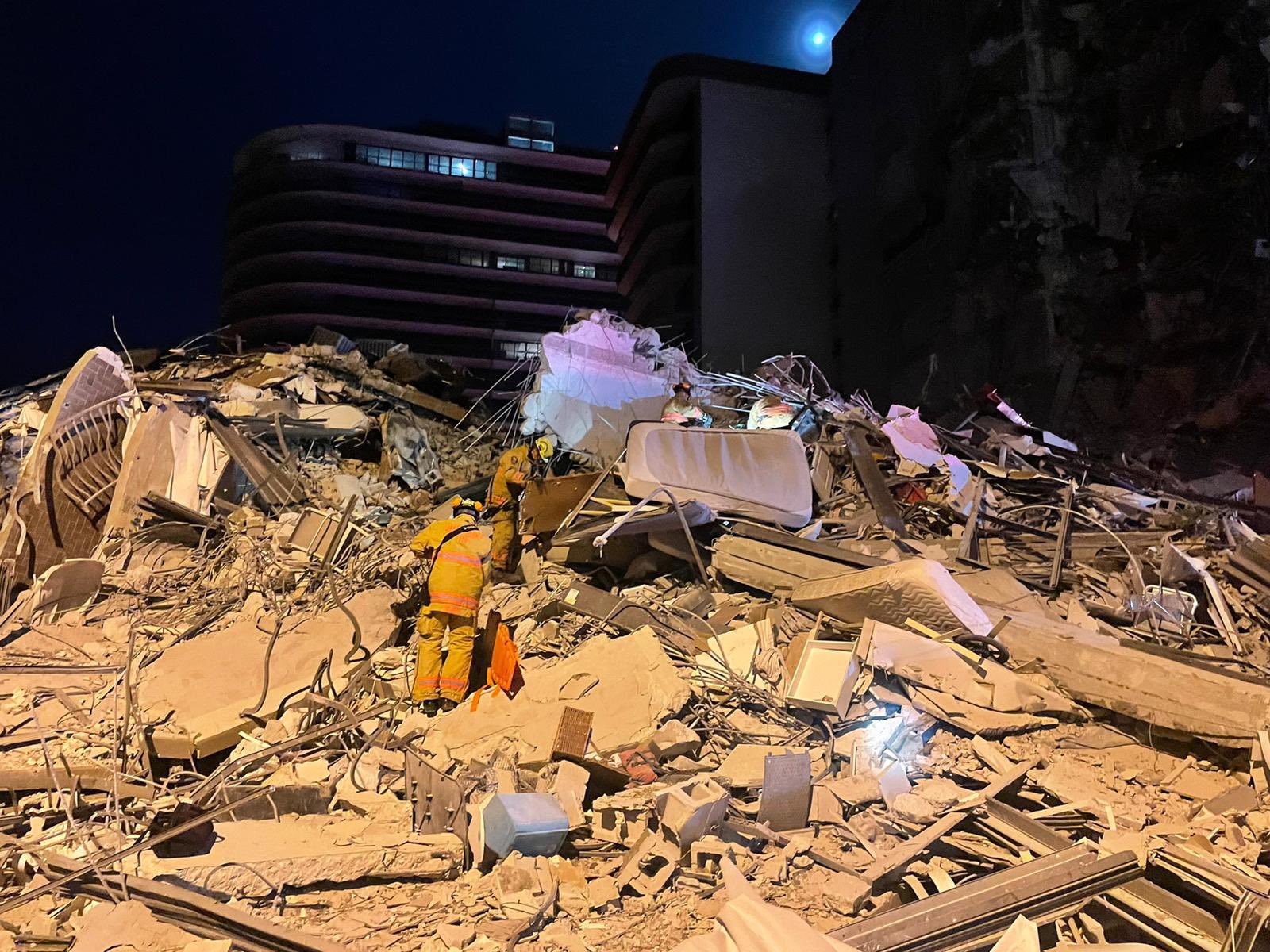
Miami-Dade Fire Rescue Department searched through the rubble of the partially collapsed Champlain Towers South building of Surfside condominium for survivors. Headlamps are essential tools for first responders. Photo by Miami-Dade Fire Rescue.
Although this article focuses on law enforcement and first responders, headlamps are a versatile tool that can be beneficial for everyone, not just professionals working in low-light conditions. Their hand-free capability makes them incredibly convenient for a wide range of activities and in disaster and emergency scenarios.
Enhancing Visibility and Safety
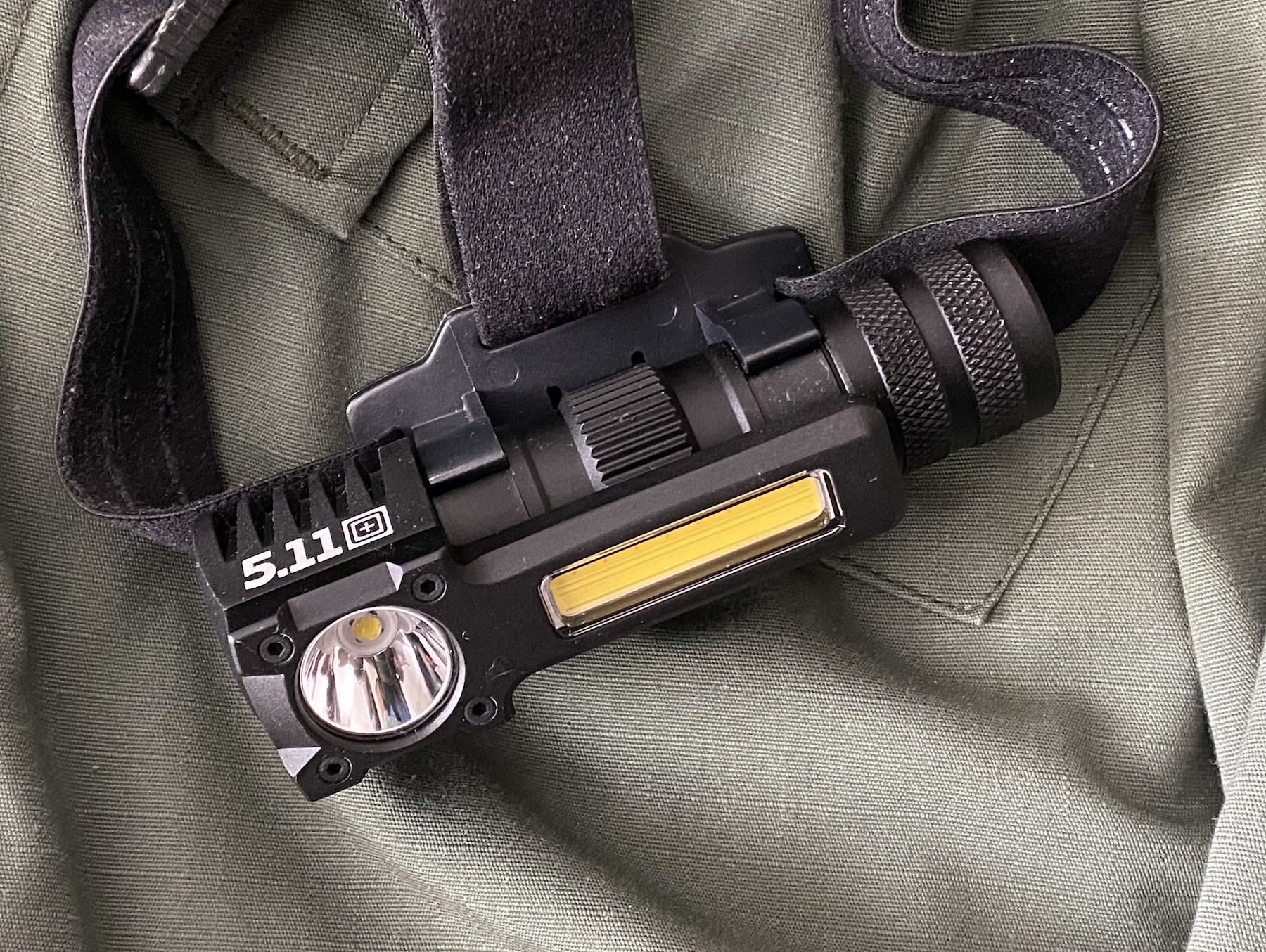
5.11’s Response HL XR1 features independently controlled LED spot with multiple power settings and white and red (COB) flood lights. It has a peak output of 1,000 lumens on high in spot mode with a beam distance of 135 meters.
Headlamps enhance conspicuity and safety during nighttime operations. They provide a focused beam of light that follows the user’s gaze, illuminating exactly where needed. This hands-free operation allows officers to perform duties more efficiently, whether performing admin tasks, SAR, providing medical aid, or handling equipment. In low-light conditions, headlamps not only illuminate the task at hand but also increase the visibility of the officers themselves to others, enhancing their safety, especially when multiple agencies are operating in the same area or near roadways.
Crime Scene Investigation

Headlamps can be a vital tool in crime scene investigations, ensuring hands-free illumination for evidence preservation and thorough examination. Pexels photo by Kat Wilcox.
Headlamps can also play a vital role in crime scene investigations, which are a critical part of law enforcement work. In this process, headlamps can play a vital role, particularly in preserving the integrity of the crime scene. The first officer at a crime scene has a significant responsibility to prevent or control any changes to the scene. A headlamp allows the officer to illuminate specific areas without physically touching anything.
Crime scene investigators often need to use both hands to collect evidence, take notes, or handle tools. A headlamp provides a hands-free source of light, allowing investigators to work efficiently in low-light conditions. A headlamp can also illuminate specific areas directly in the investigator’s line of sight. This can help identify minute details or evidence that might otherwise be overlooked. Crime scenes can be hazardous, with potential physical dangers like sharp objects, uneven surfaces, or biohazards. A headlamp can help investigators see and avoid these hazards. Modern headlamps come with adjustable brightness levels and different light modes (like a red light for preserving night vision), making them versatile tools for various investigative needs.
Factors to Consider
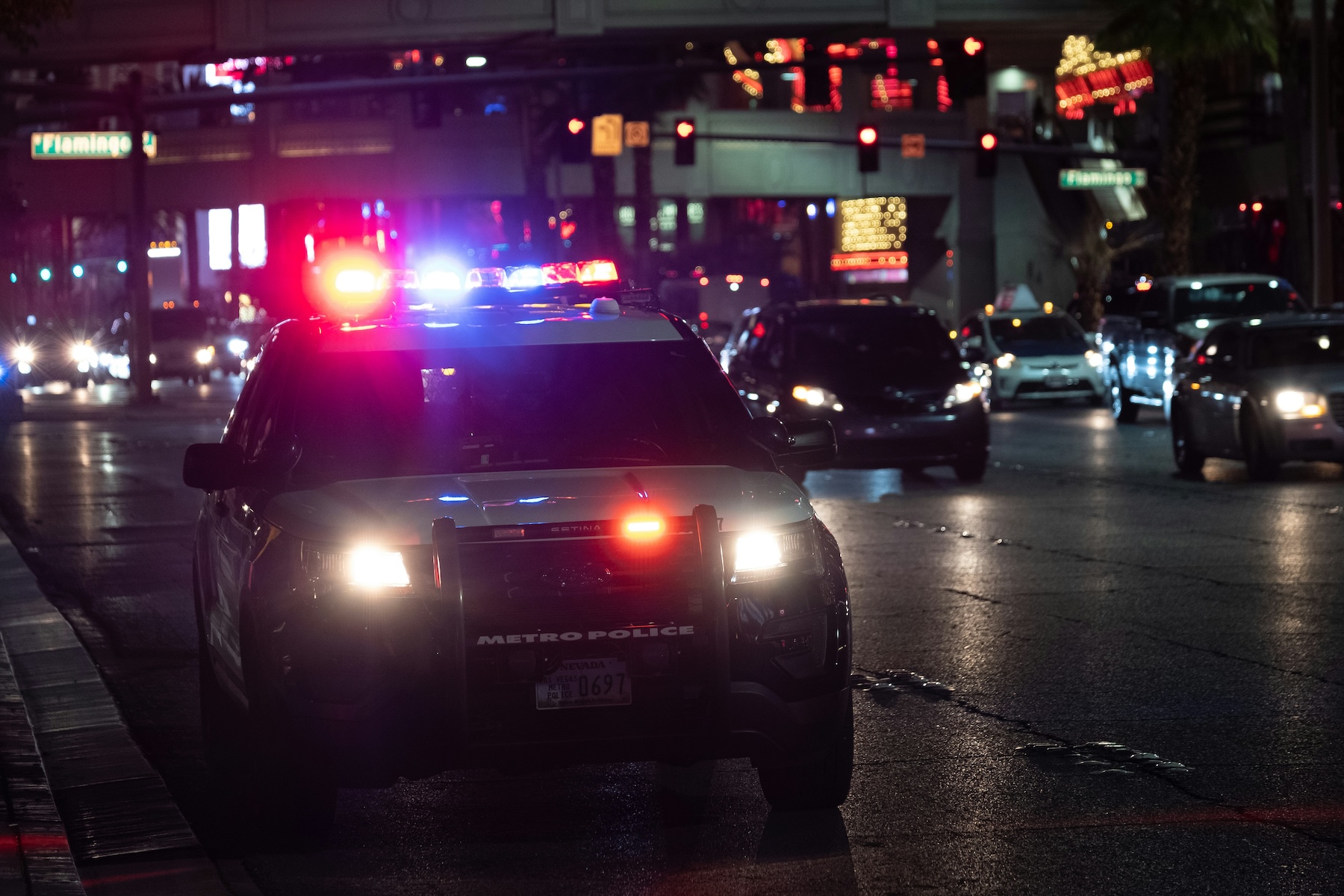
Headlamps are an indispensable tool for law enforcement and first responders, providing hands-free illumination for efficient and safe operations. Unsplash photo by Kenny Eliason.
When choosing a headlamp, consider the following key factors:
Performance-
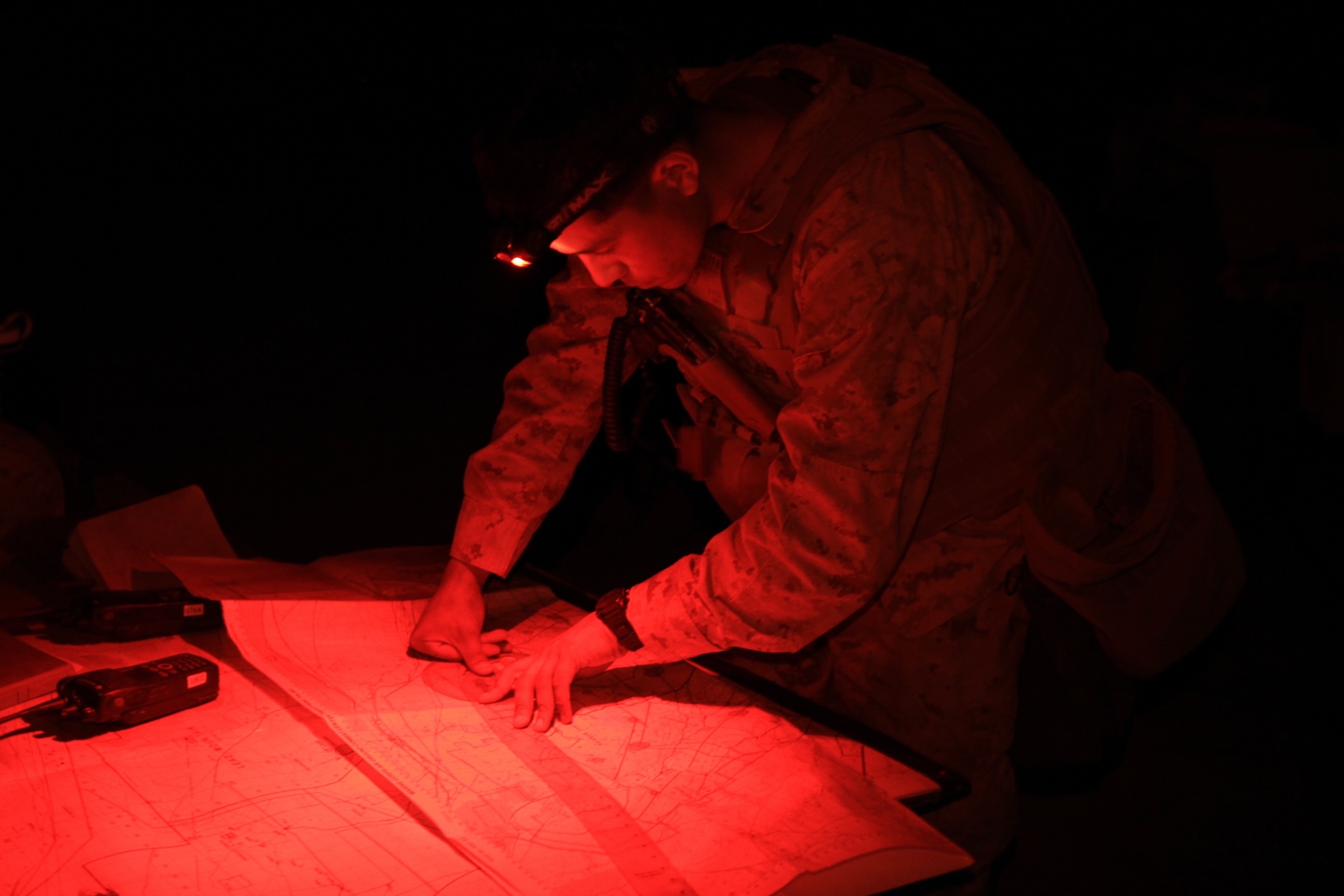
Today’s headlamps are available with a range of range of features. Red light is the best color for preserving night vision. Current military maps are red light readable (US Marine Corps photo by Cpl. Joseph Scanlan).
- Light Output (Lumens): The brightness of the light, measured in lumens. In the context of headlamps, a higher lumen count typically means a brighter light. Depending on the situation, law enforcement officers and first responders may need a brighter light (high lumens) for extensive visibility or a dimmer light (low lumens) for close tasks or less impact on their night vision.
- Beam Type: Options usually include flood (wide) and spot (focused) beams. A flood beam is broad and useful for general tasks in close proximity, like reading or searching an area. A spot beam is narrow and concentrated, making it ideal for long-distance viewing, such as navigating terrain in the dark.
- Beam Distance is the distance the light can reach (to a surface you want to be illuminated). A longer beam distance can be beneficial in situations where officers need to see far ahead, such as during a SAR operation.
- Run Time: How long the headlamp will last on a full charge. A longer run time would be necessary for extended operations. Headlamps have different run times based on the light mode used.
Capability-
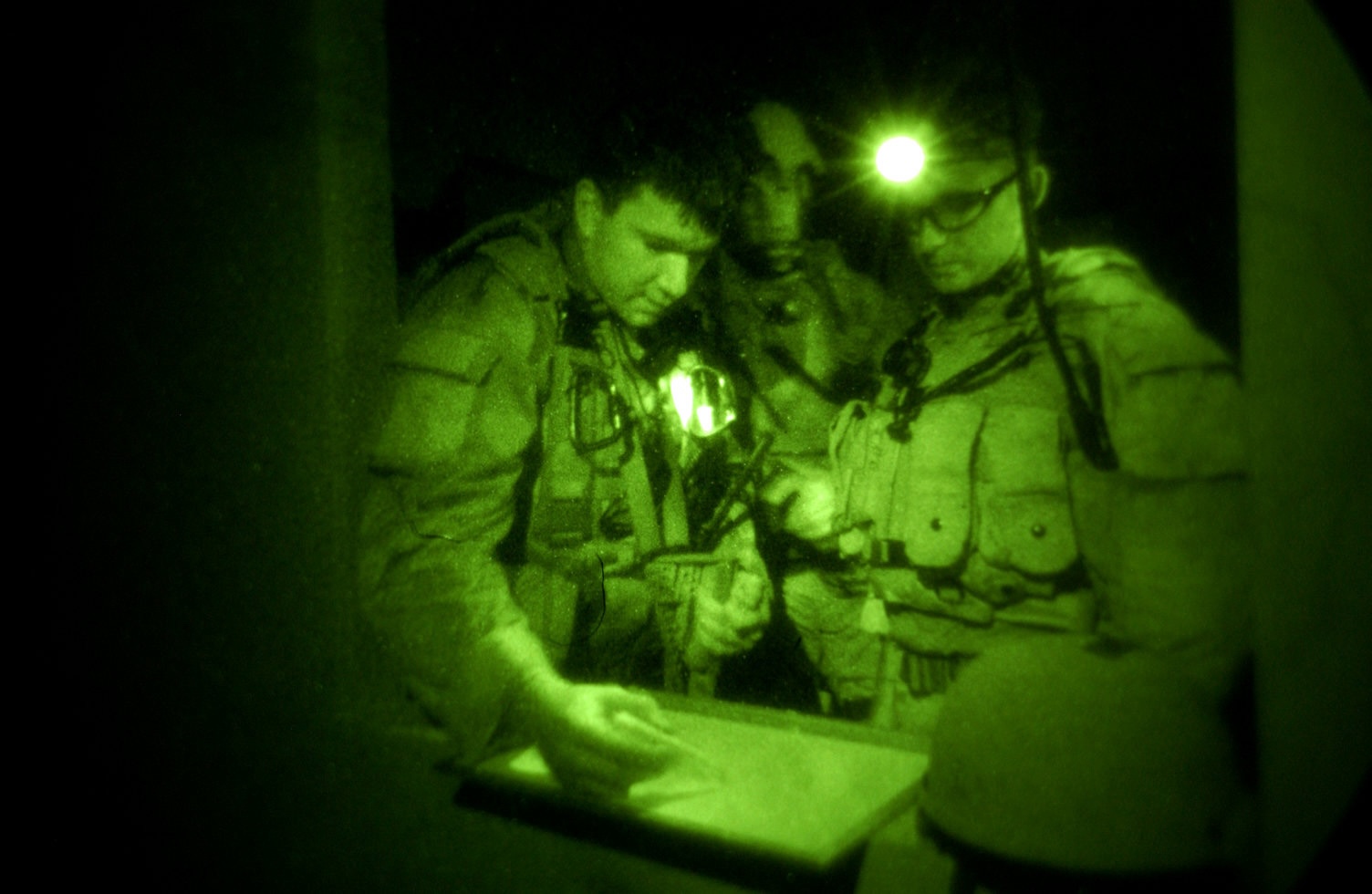
Headlamps offer the benefit of hands-free illumination, which can be useful in many scenarios. US Navy EOD personnel using green headlamps while dealing with a weapons cache. (PC: Photographer’s Mate 1st Class Aaron Ansarov (USN) RELEASED)
- Weight: The weight of the headlamp can impact comfort, especially when worn for extended periods. Lighter headlamps can be more comfortable and less likely to cause neck strain.
- Durability: The headlamp should withstand harsh conditions. Most headlamps have at least an IPX4 rating, meaning they can withstand water splashes. Some models rated IPX7 or IPX8, can even be submerged in water. Always check the product’s specific rating to ensure it suits your needs.
- Versatility: Look for headlamps with adjustable settings and features like different light modes and colors. In regards to colors, red light preserves night vision and is less visible from a distance, but it can interfere with patient assessment. Greenlight is second to red in preserving night vision and improves clarity and contrast. It’s preferred if you need to see details in the dark. White light is recommended for patient assessment. Blue light impairs night vision, and contrary to what many think, it doesn’t help track a blood trail. Any bright light can ruin night vision, so minimal light is best. IR mode provides illumination only visible through night vision devices.
Others-

The design of the headlamp should allow easy access to the on/off switch and mode selector and permit simple, one-handed adjustment. The 5.11 Response HL XR1 dual-power, multi-mode headlamp is controlled by a multi-mode dual side switch that consists of a spot rear switch and flood front switch.
- Battery Type: A headlamp’s battery type impacts its performance, cost-effectiveness, and environmental footprint. Rechargeable batteries are cost-effective and eco-friendly, while single-use batteries are convenient for occasional use or when recharging isn’t possible. Some headlamps use both types, offering flexibility. Battery size affects performance, weight, and convenience. Headlamps with replaceable batteries ensure continuous light. However, this is not a product review. I have found the Thyrm® CellVault® to be a great way to carry additional batteries.
- Operation: Operating a headlamp should be straightforward and intuitive, with easy access to the on/off switch and mode selector. Switching between light modes should be simple, allowing quick adaptation to changing conditions.
Summary
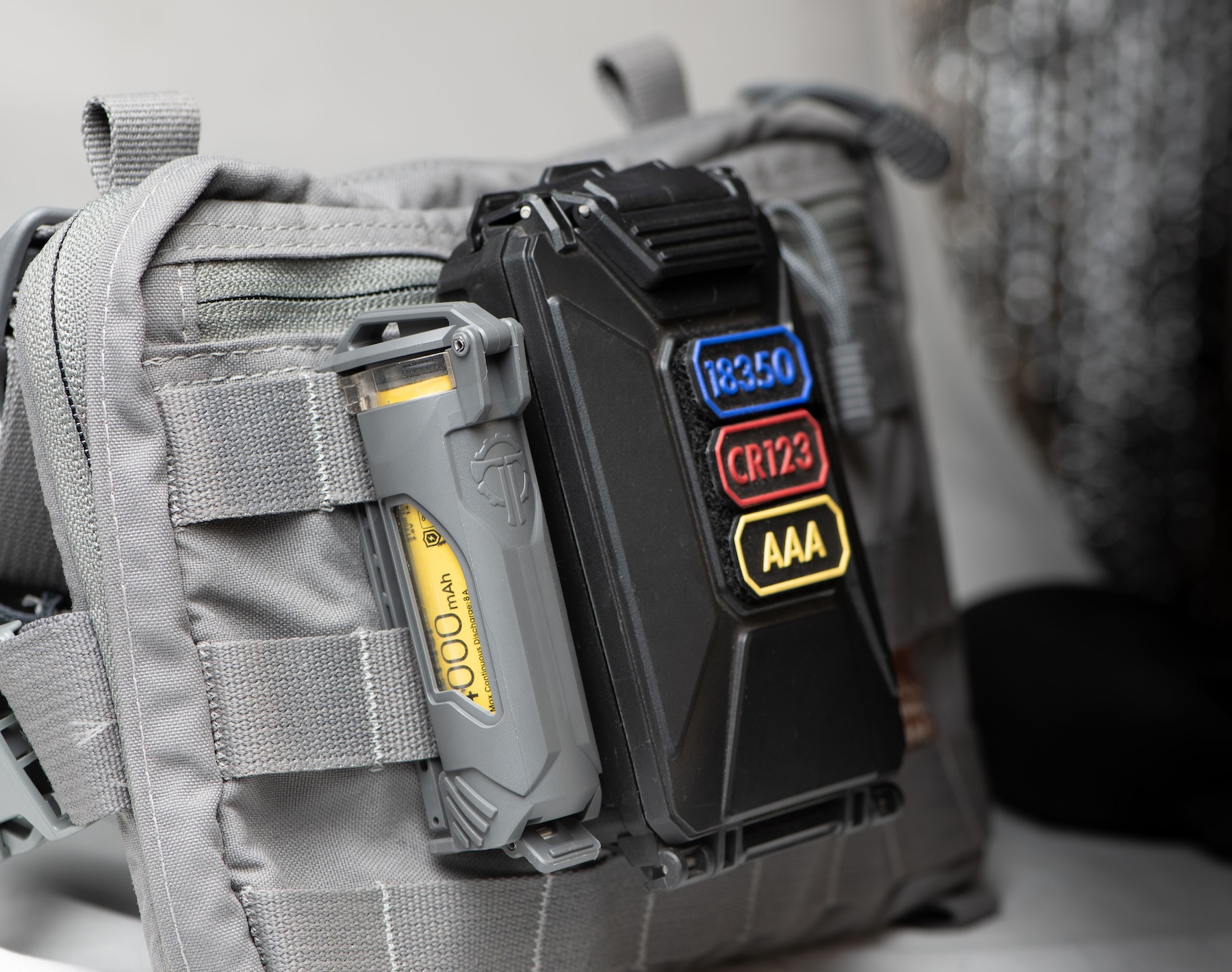
The Thyrm CellVault is a great way to carry and protect spare batteries. It is available in different sizes and models. Photo by Andrew Frazier.
Headlamps are essential tools. They enhance visibility, promote safety, enable hands-free operation, and assist in many tasks, from crime scene investigations to emergency medical aid to SAR. As such, the importance of having a headlamp cannot be overstated.
Sources

